Our Welcoming Reception & 1st Waiting Area
Our Ground Floor Operatory
Our Ground Floor Operatory
Our Laboratory
Our Display Area With Updated Oral Hygiene Measures
Our First Floor Operatory
Our First Floor Operatory
Brushing Technique
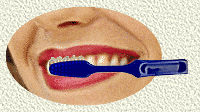
Tooth brushing will remove dental plaque and other debris from your teeth. Plaque plays a primary role in oral disease such as tooth decay and gum disease. The best way to remove plaque from the tooth surface on a daily home care basis is through tooth brushing and some form of "between the teeth" cleaning.
Secret to Your Oral Health - Proper Brushing and Flossing!
FREQUENTLY ASKED QUESTION
- Q: What is the proper technique for teeth brushing?
- Q: What type of toothbrush should be used?
- Q: How often is brushing necessary?
- Q: When to change my toothbrush?
- Q: What is toothpaste?
- Q: Which type of toothpaste is best?
- Q: What is the importance of flossing?
- Q: What type of floss is best?
- Q: What is correct method of flossing?
Still have questions?
Ask us for more information.
For kids tooth care refer our pediatric care.
Q: What is the proper technique for teeth brushing?
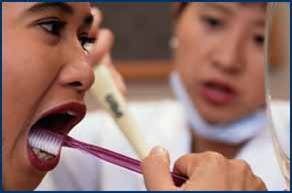
A: Because every mouth is different, there is more than one technique of brushing that has proven to be effective. Deciding which technique is most appropriate for you depends largely on your teeth position and gum condition. Consult your physician and/or dentist to determine which brushing technique is most appropriate for your mouth of a beautiful and natural smile must consider the sex of the individual as well as be in proportion with the gum line, the lips and the construction of the face of the individual
Generally, most dentists recommend a circular technique for brushing. This includes brushing only a small group of teeth at a time - gradually covering the entire mouth. The importance of maintaining a circular or elliptical motion is emphasized as using a back and forth motion may cause the following :
- A receded gum surface.
- An exposed and tender root surface.
- A wearing down of the gum line.
Instead, dentists recommend the following method :

Use a soft bristled brush (synthetic bristles preferably because natural bristles tend to harbor the oral bacteria as the bristles are more porous). Be sure it is the right size (generally smaller is better than larger).

Place the bristles at a 45 degree angle to the teeth. Slide the tips of the brush under the gums.

- Jiggle the bristles very gently so that any plaque growing under the gum will be removed.
- Be sure to brush the outside, the tongue side and the chewing surfaces of your teeth.

For the front teeth, brush the inside surfaces of the upper and lower jaws by tilting the brush vertically and making several up and down strokes with the front part of the brush over the teeth and gum tissue.
Repeat these steps at least twice daily, especially after meals and snacks.
Q: What type of toothbrush should be used?
A: A toothbrush head should be small -- about 1 inch by 1/2 inch -- and should have a handle suitable for firm grasping. The bristles of the brush should be soft, nylon, and rounded at the ends. This helps ensure that the brush bristles are reaching the spaces between the teeth as well as the surface. Some brushes are too abrasive and can wear down the enamel on teeth. Thus, in most cases, medium and hard bristles are not recommended.
Q: How often is brushing necessary?
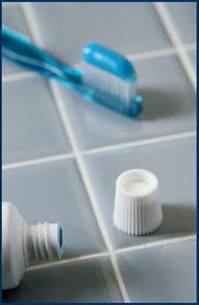
A: Generally, brushing is recommended twice a day for at least three to four minutes each time. Patients generally think they are brushing long enough, when, in fact, most people spend less than one minute brushing. In addition, it is generally better to brush 3 to 4 minutes twice a day instead of brushing quickly five or more times throughout the day.
Dentists advise brushing your teeth during the day while at work, school, or play. Keeping a toothbrush handy in your desk or backpack increases the chances that you will brush during the day.
Q: What is toothpaste?
A: Also called dentifrice, toothpaste is comprised of the following cleaning ingredients (stated in approximate percentages) :
- humectant and water - 75 percent
- abrasive - 20 percent
- faming and flavoring agents - 2 percent
- pH buffers - 2 percent
- coloring agents, binders, and opacifiers - 1.5 percent
- fluoride - 0.24 percent
Facts about toothpaste : Brushing with toothpaste (particularly toothpaste with fluoride) helps to accomplish the following:
- remove plaque
- resist decay
- promote remineralization
- clean and polish teeth
- remove teeth stains
- freshen breath
- Polish tooth surfaces
- Control bad breath
- Waxed and unwaxed
- Flavored and unflavored
- Wide and regular
Q: Which type of toothpaste is best?
A: Fluoride is the most crucial ingredient in toothpaste. As long as the toothpaste contains fluoride, the brand, not type (paste, gel, or powder) generally does not matter. All fluoride toothpastes work effectively to fight plaque and cavities, and clean and polish tooth enamel. The brand you choose should bear the ADA (American Dental Association) seal of approval on the container, which means that adequate evidence of safety and efficacy have been demonstrated in controlled, clinical trials.
Some toothpastes offer tartar control pyrophosphates to prevent the build-up of soft calculus deposits on teeth, while others offer whitening formulas to safely remove stains making teeth brighter and shinier. But, contrary to clever advertising and popular belief, fluoride is the true active ingredient that works the hardest to protect your teeth.
Q: I have a gap between my two front teeth. How can it be closed?
A: There are a number of ways to correct this problem, which may include one or more of the following: orthodontics, porcelain veneers, crowns and bonding.
Q: When to change my toothbrush?
A: Ideally after 3 months you should change your toothbrush. If brisls of your toothbrush are wornout early that means you are brushing hard and if the brisls are same as new after 3 months that means you are brushing softly.
Q: What is the importance of flossing?
A: Brushing teeth properly and consistently helps to remove most dental plaque, but, brushing alone cannot remove plaque that is located in places that a toothbrush cannot reach particularly between teeth. In addition to removing plaque, flossing also helps to:
Remove debris that adheres to teeth and gums inbetween teeth
Flossing should take place at least once a day for two to three minutes each time to be most effective.
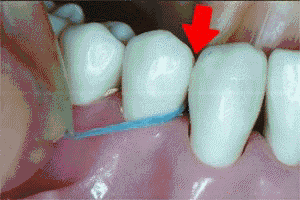
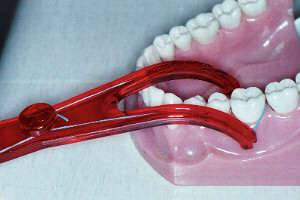
Q: What type of floss is best?
A: Regardless of what type of dental floss you are most comfortable using, the oral health benefits remain the same regular consistent flossing is the single most important weapon against plaque perhaps more important than the toothbrush. The different types of dental floss include:
Q: What is correct method of flossing?
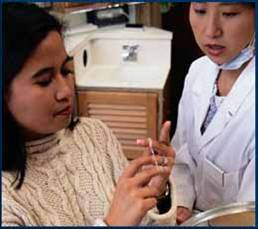
A: Flossing methods for adults:
Your dentist or other oral health care provider can provide a demonstration of any of the following flossing techniques. They include:
Spool method (also called the finger-wrap method)
Cut off a piece of floss that is approximately 18 to 20 inches in length. Lightly wrap each side of the piece of floss several times around each middle finger. Next, carefully maneuver the floss inbetween the teeth with your index fingers and thumbs in an up and down, not side-to-side motion. It is best to bring the floss up and down making sure to go below the gumline, forming a "C" on the side of each tooth.
Loop method (also called the circle method)
Cut off a piece of floss that is approximately 18 inches long, and tie it securely in a circle. Next, place all of the fingers, except the thumb, within the loop. Then, use your index fingers to guide the floss through the lower teeth, and use your thumbs to guide the floss through the upper teeth, making sure to go below the gumline, forming a "C" on the side of each tooth.
Other Flossing Techniques:
Flossing tools, such as a prethreaded flosser or floss holder may be helpful for people who are just learning how to floss, individuals with limited dexterity in their arms and/or hands, or persons who are flossing the teeth of someone else (particularly a child or disabled person).
Our Sterilization
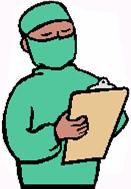
We use latest methods of sterilization. Our sterilizer is hospital grade and completely destroys all bacteria and viruses. All instruments are sterilized between every patient.
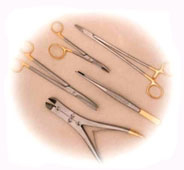
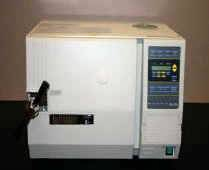
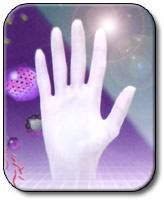
Gloves protection against infectious agents.
All materials that are not sterilized are one time use. Items such as gauge and needles are discarded after use and are not reused.
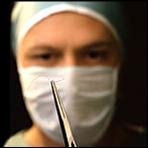
Universal precautions as per CDC and OSHA regulations include mask and gloves for dental staff.
